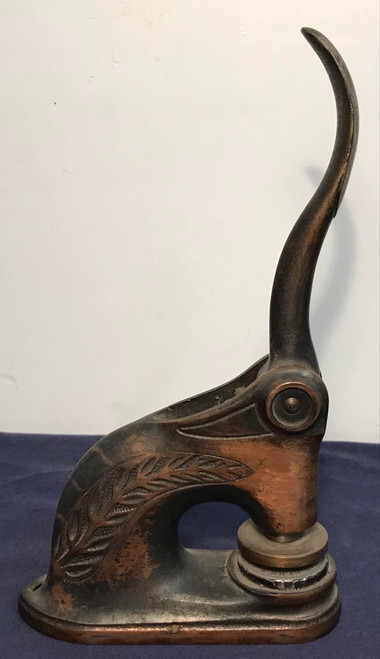20 Vintage, MINT CONDITION, Printed In Germany, embossed cards.
Great embossed Easter lilies on them!
Blank on the backs and insides.
Haven't even been folded!
Measure 10" x 2 1/4". Once folded the will be 5" x 2 1/4".
Mailed sandwiched between two pieces of stiff material to prevent damage.
Want only 1? Check out our other listings!
During the Victorian era (approximately 1837 to 1901), exchanging and collecting decorative cards, including flower cards, became a popular social pastime. These cards were intricately designed and often served as tokens of friendship, affection, or appreciation.
Embossed flower cards were particularly fashionable during this period. Embossing is a decorative technique in which the surface of the paper is raised or raised in specific areas, creating a three-dimensional effect. The embossing process involved pressing the paper against a metal plate or die with a raised design, leaving an impression on the paper.
Victorian flower cards featured beautifully detailed floral illustrations and were often adorned with colorful images of various flowers and plants. The cards were typically small in size and elaborately decorated with embossed edges and designs.
Flower cards were used for a variety of occasions, such as birthdays, holidays, and special events. They were also popular as collectible items, and people would trade and exchange these cards as tokens of friendship and remembrance.
As the popularity of Victorian flower cards grew, they became more readily available, and a wide range of designs and themes emerged. Florists and stationers produced these cards, and they were available in various shapes, sizes, and decorative elements.
Today, Victorian flower cards are valued as collectible antique items, reflecting the artistic and sentimental values of the era. They offer a glimpse into the intricate design and social customs of the Victorian period, making them sought after by collectors and history enthusiasts. Additionally, their delicacy and beauty make them a charming addition to vintage collections and decorative displays.








